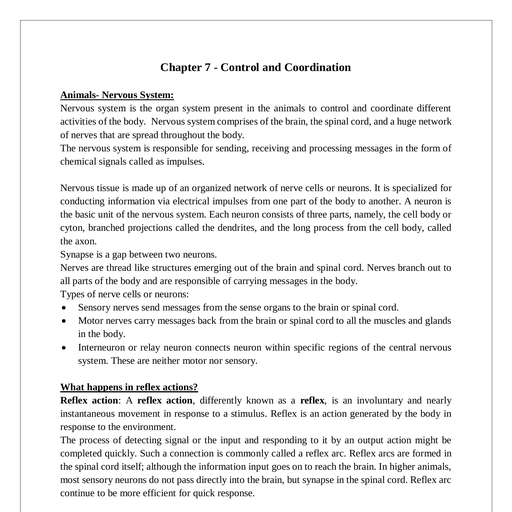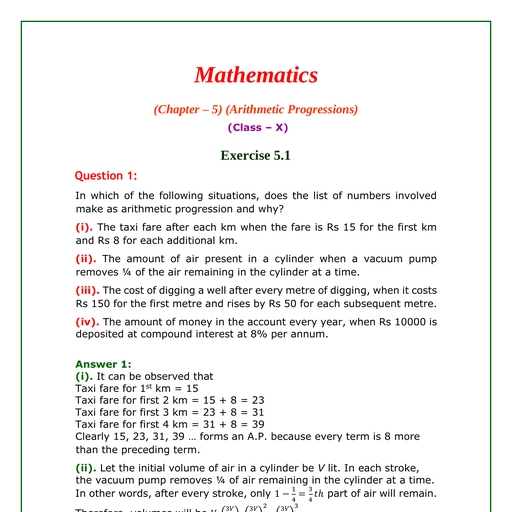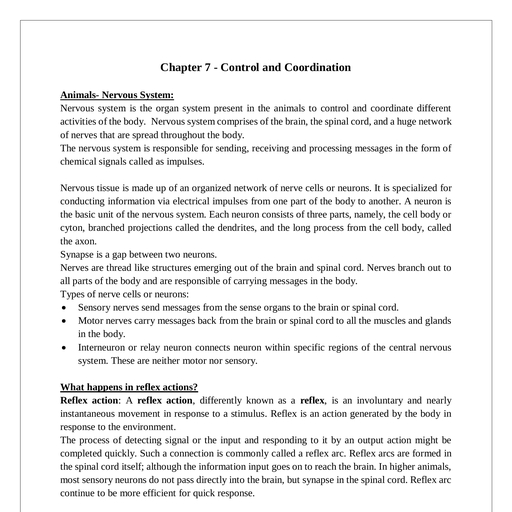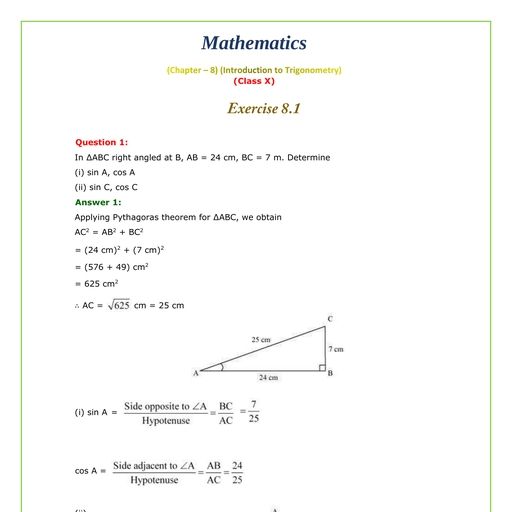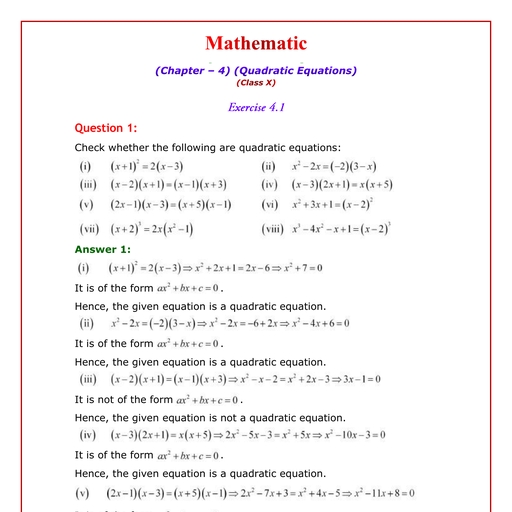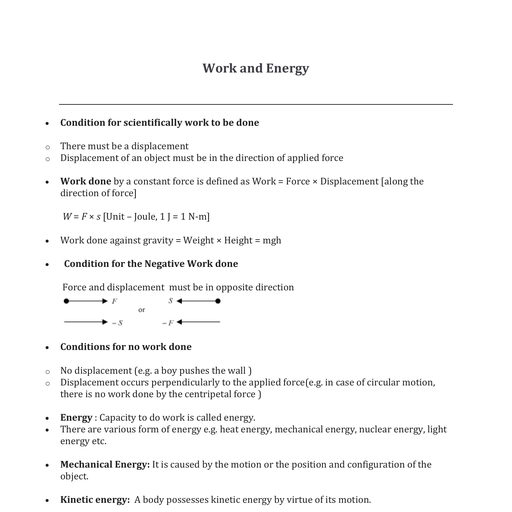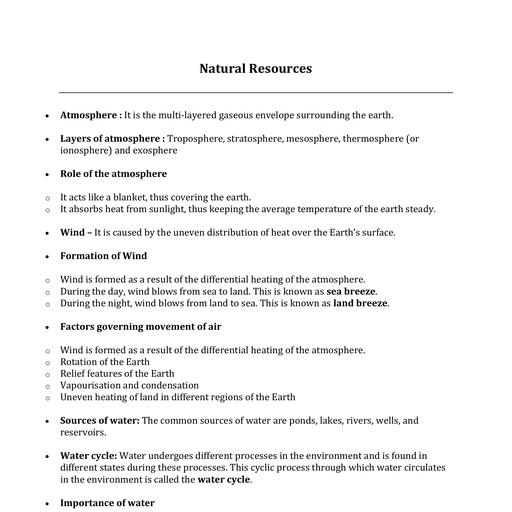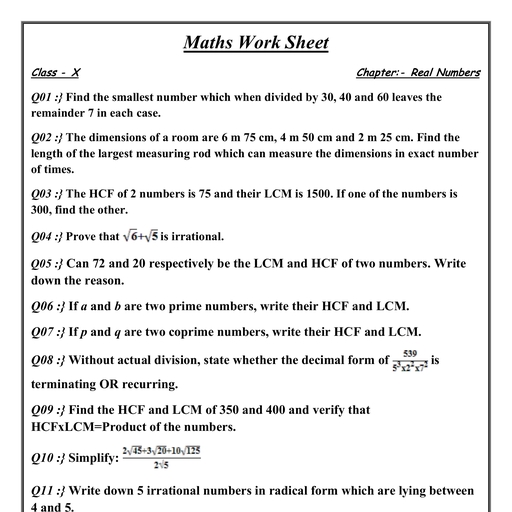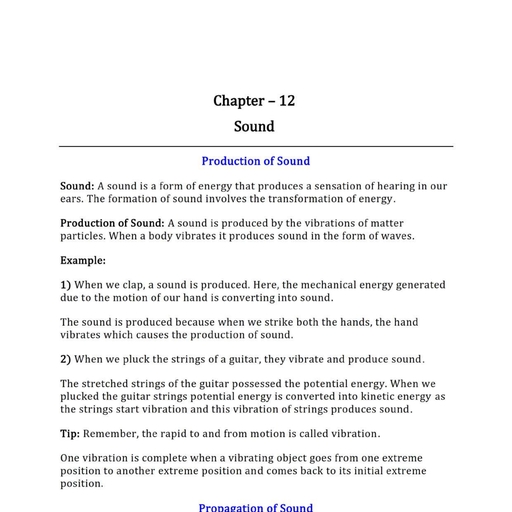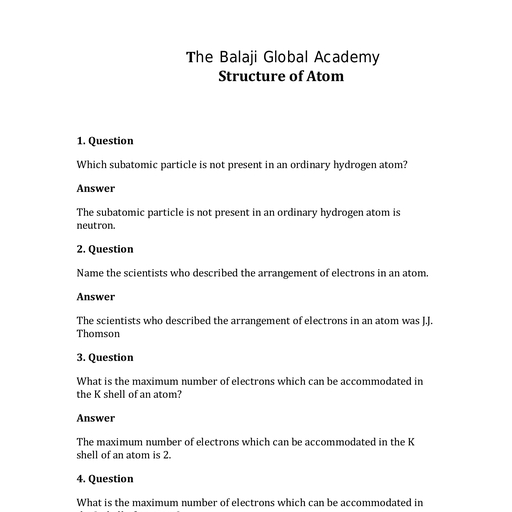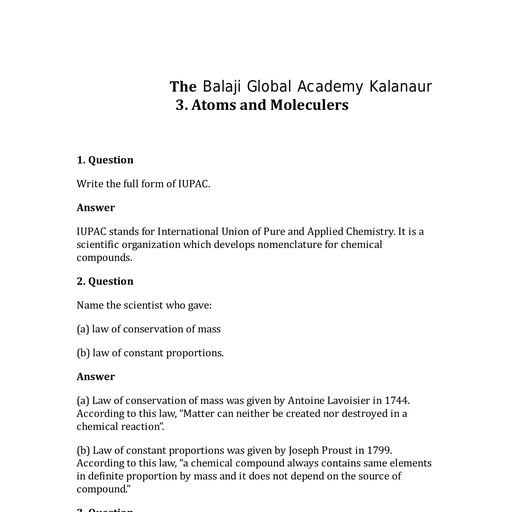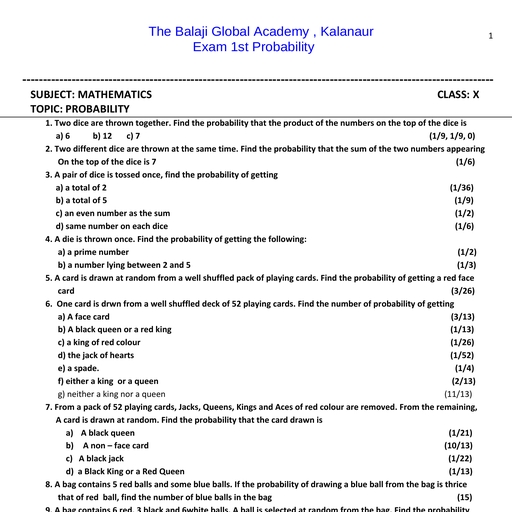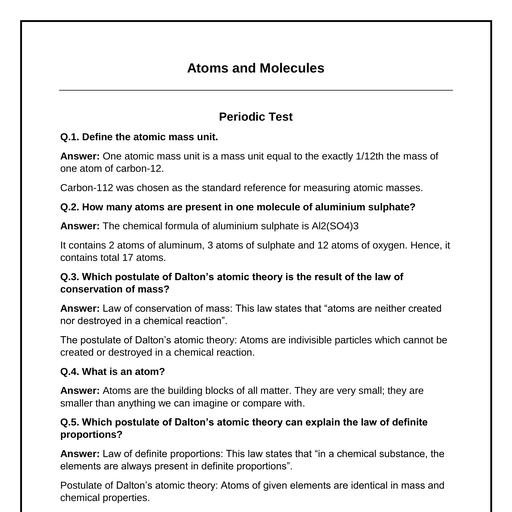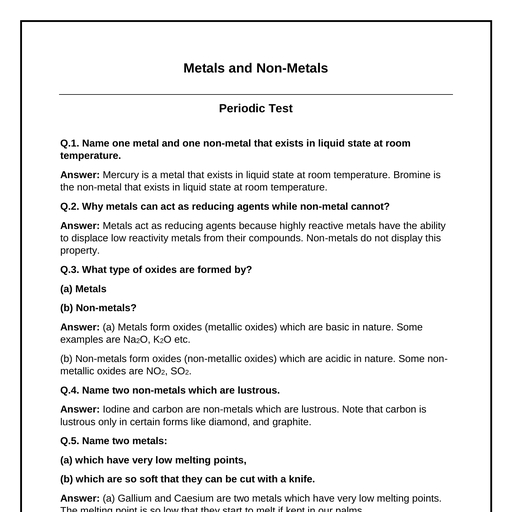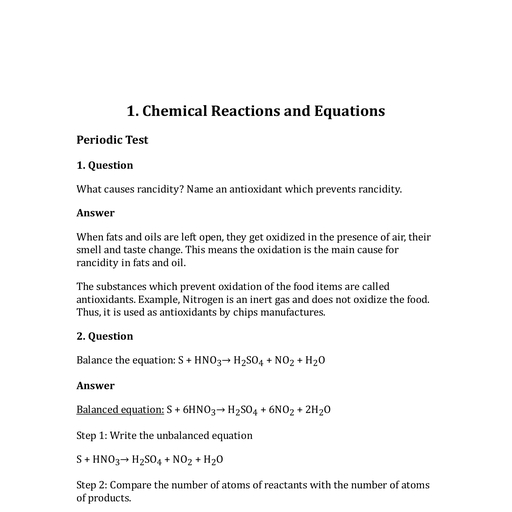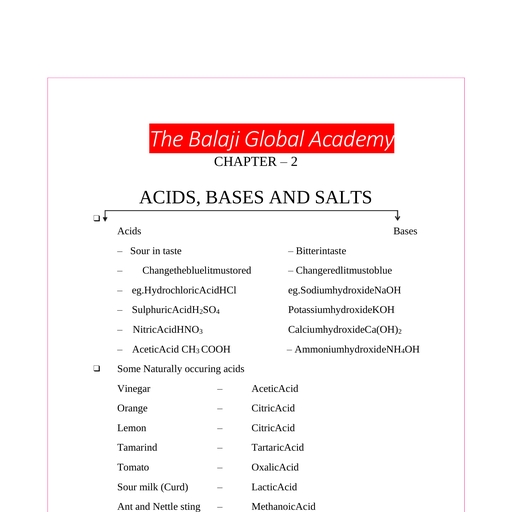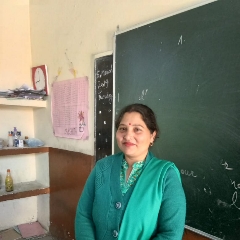Question 3 :
Why do wool yielding animals have thick coat of hair on their skin ?
Question 5 :
By _________ we mean the rearing of silkworms for obtaining silk.
Question 6 :
In terms of the number of sheep, India ranks________in the world
Question 8 :
Some breeds ot sheep possess only fine under- hair The process of selecting parents is termed as selective breeding
Question 11 :
The under fur of ________ is soft. It is woven into fine shawls called Pashmina shawls.
Question 14 :
Which one is not a part of the process of wool manufacturing?
Question 16 :
In the processing of wool from sheep, after scouring, the hairy skin is sent to a factory where hair of different textures are separated or sorted. This is called
Question 19 :
You must be familiar with the following nursery rhymes:
(1) 'Baa baa black sheep, have you any wool.'
(2) 'Mary had a little lamb, whose fleece was white as snow.'
What is meant by the white fleece of the lamb ?
Question 20 :
Choose the correct option for : Hatches from egg of moth
Question 21 :
Which of the following is the correct type of sheep fibres?
Question 22 :
The low grade silk is obtained from the filaments of ________ cocoons.
Question 23 :
Long, fine continuous thread or filaments are obtained from plants and animals is called______
Question 26 :
Boojho is wondering why a cotton garment cannot keep us as warm in winter as a woollen sweater does?
Question 30 :
From what type of health problems do the workers suffer while working in a wool industry ?
Question 33 :
Given below is a sequence of step in the processing of wool. Which are the missing steps? Add them.
Shearing_________, sorting________and________ into yarn.
Question 36 :
The silk fibre from the cocoon of the mulberry silk moth is
Question 37 :
Eggs of the female silkwom moth are incubated until they hatch and become larvae called________
Question 38 :
<img style='object-fit:contain' src='https://teachmint.storage.googleapis.com/question_assets/cbse_ncert/61b1cb69f59b460d7261ec31.PNG' />
A whole sale woollen fibre dealer gets the woollen fibre of different textures sorted for various purposes. Choose the correct option to match the items in Column A with the woollen fibres in Column B.
Question 39 :
Which of the following is the correct type of sheep fibres?
Question 40 :
<img style='object-fit:contain' src='https://teachmint.storage.googleapis.com/question_assets/cbse_ncert/61b1cb67f59b460d7261ec2f.PNG' />
Choose the correct option for the above figure.
Question 42 :
<img style='object-fit:contain' src='https://teachmint.storage.googleapis.com/question_assets/cbse_ncert/61cc1ab678c526e972caf02e.PNG' />
Which of the following is the correct labelling for the figure given above ?
Question 43 :
Steps for the production of silk are given below in a jumbled order. Arrange them in their proper sequence.
(i) Eggs are wamed to a suitable temperature for the larvae to hatch from eggs.
(ii) Fibres are taken out from the cocoon.
(iii) Atter 25 to 30 days, the caterpillars stop eating and starts spinning cocoons.
(iv) The larvas/caterpillars or silkworms are kept in clean trays along with freshly chopped mulberry leaves.
(v) Female silk moths lay eggs.
(vi) Cocoons are kept under the sun or boiled in water.
Question 45 :
Boojho is wondering why a cotton garment cannot keep us as warm in winter as a woollen sweater does?

